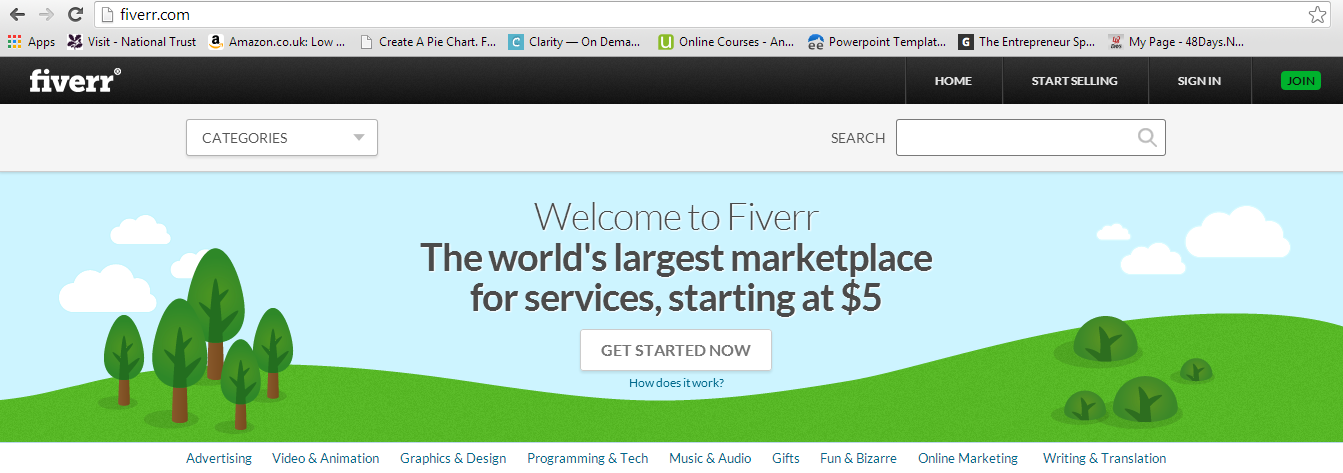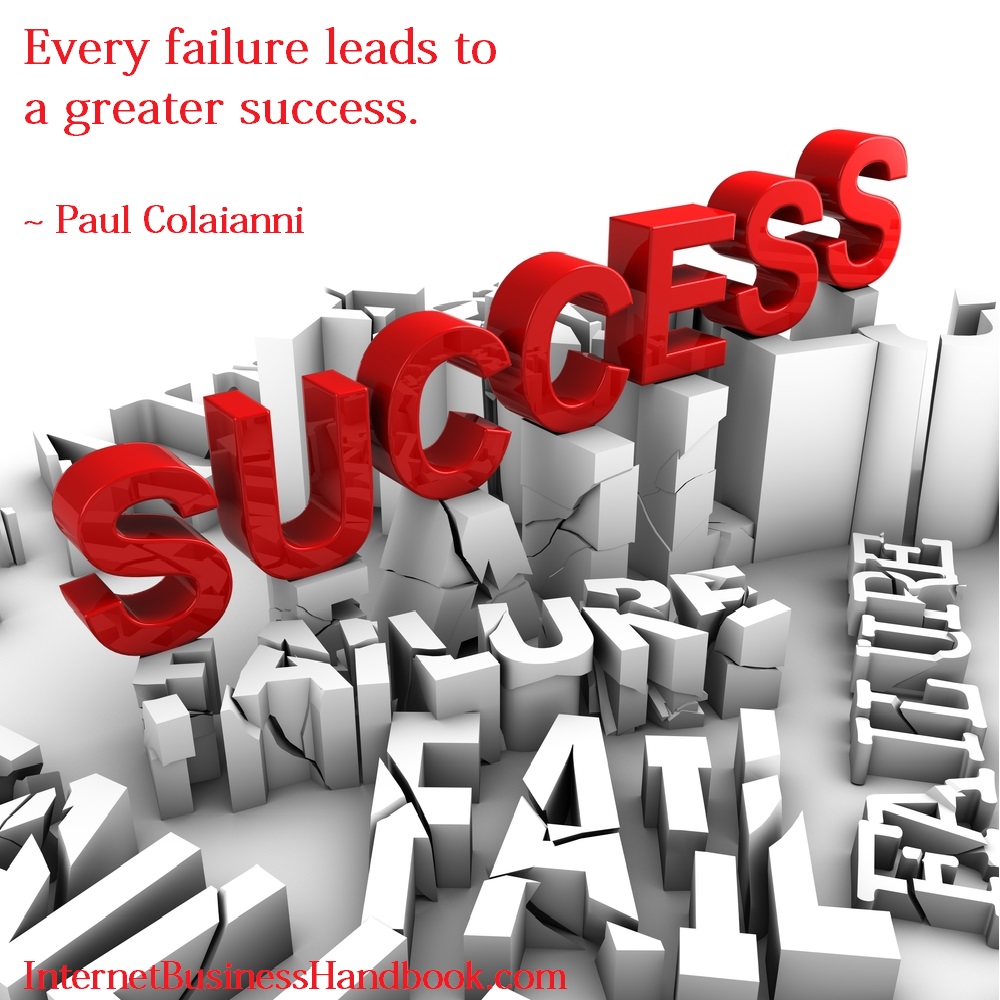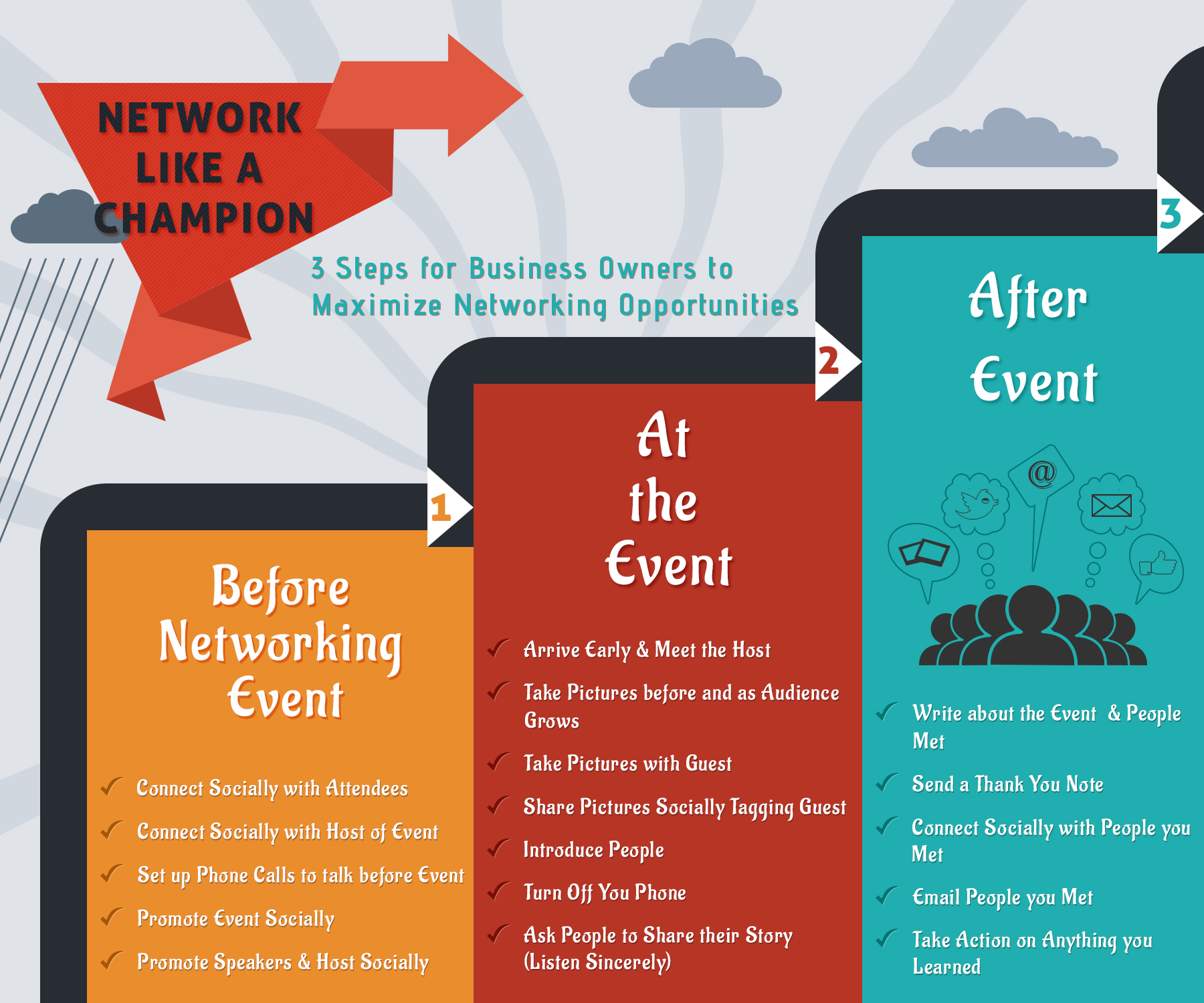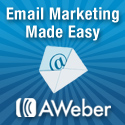Fiverr, is the cheapest of the Outsourcing options. Fiverr has over 3 000 000 jobs, called ‘gigs.’ There are an amazing range of gigs available. Many of them are a little crazy such as, writing your name on a piece of rice. Gigs start at $5 but many have upgrades. While the buyer pays $5, the seller only receives $4, fiverr taking a whopping 20% commission. The price makes it affordable, but the quality is highly variable.
However, the likelihood of a successful gig with fiverr can be enhanced with the following steps:
- Look at the sellers stats and feedback, noting both the percentage positive and the number of votes.
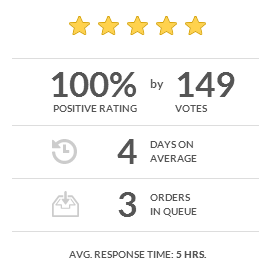
The stats come from the buyer feedback. Most have quite a high rating, so the comments further down the page can be more revealing.
Level 1 – Sellers are automatically promoted to level one when they have been active on the site for 30 days and completed at least 10 orders while maintaining excellent ratings and a great track record.
Level 2 – Sellers are automatically promoted to level one when they have made over 50 orders in the past two months while maintaining excellent ratings and a solid track record.
Top rated sellers are manually chosen by Fiverr editors. Promotion is based on the following criteria: Seniority, volume of sales, extremely high rating, exceptional customer care, and community leadership. - Notice the cancellation ratio.
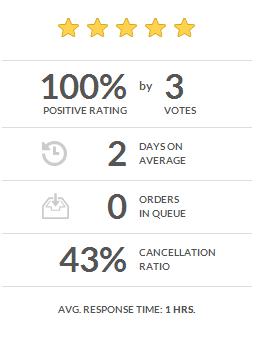
While the feedback stats may be high, a high cancellation ratio should be cause for concern. Not all sellers have a cancellation ratio, and a small one is probably not relevant. However, a high cancellation ratio can mean either that the seller is canceling any problematic orders or that this percentage of people are unhappy enough to demand a refund. If there is a high cancellation ratio then my advice wold be to not buy. - Check out the samples.
Their portfolio of previous work is your best indicator of whether they are suitable for your job.

- Read the gig details carefully.
For example, make sure that you understand what you are buying and what is an extra. - If you are not sure if they can / will do what you want, then contact the seller.
The seller does not want an unsuitable job that will lead to negative feedback, so are likely to be honest with you. A lot of sellers like this as communication helps then too. - Put effort into answering their questions. Often when you make an order, you will be asked a number of questions about what you want. The more information you can give, the better able the seller is to provide what you want.

- Consider buying two gigs. I did this when I ordered gigs for a public domain book I published in Kindle format. At $5 each two still does not cost very much and then if one is not at a level you would want to use, there is still another option. Below are the two results for my Kindle book cover.


- If you want some changes let the seller know. The seller does not want negative feedback, so will do what they can to rectify any issues you may have. So, talk to them and give them a chance to make alterations before leaving negative feedback.
- Remember, the seller is only getting $4, do don’t expect that every ‘gig’ you order will be wonderful. Think of it as a $5 gamble. If it works out well, great, if it doesn’t there is not much lost.
- I would suggest that content creation not be outsourced to Fiverr. I did try and get some content writers on Fiverr to write articles, that I could use for comprehension exercises, for some practice exam papers that I was writing. The results were diabolical and I used none of them.
In conclusion, buyers like Fiverr because it enables small tasks to be completed cheaply with minimum risk and over time they can find dependable freelancers that they are able to use for repeat work. Sellers are able to build their portfolio, accumulate reviews and grow their business by offering basic gigs for $5 and providing extras for additional revenue.
I have bought gigs on Fiverr that have been unusable, such as this diagram of a cell, where it is drawn on paper and scanned with the creases of the paper cutting through the diagram.

However, other gigs have been great, such as this book cover I used.

If you are new to outsourcing, fiverr can be a good place to start as it allows you to outsource with minimum risk. For some jobs, such as transcription of audio, it can be an efficient way to better utilize your time and resources. However, being the cheapest of the outsourcing methods, for more complicated jobs or to hire more experienced people, then other platforms such as Upwork may better serve your needs.
Resource Link: Fiverr
